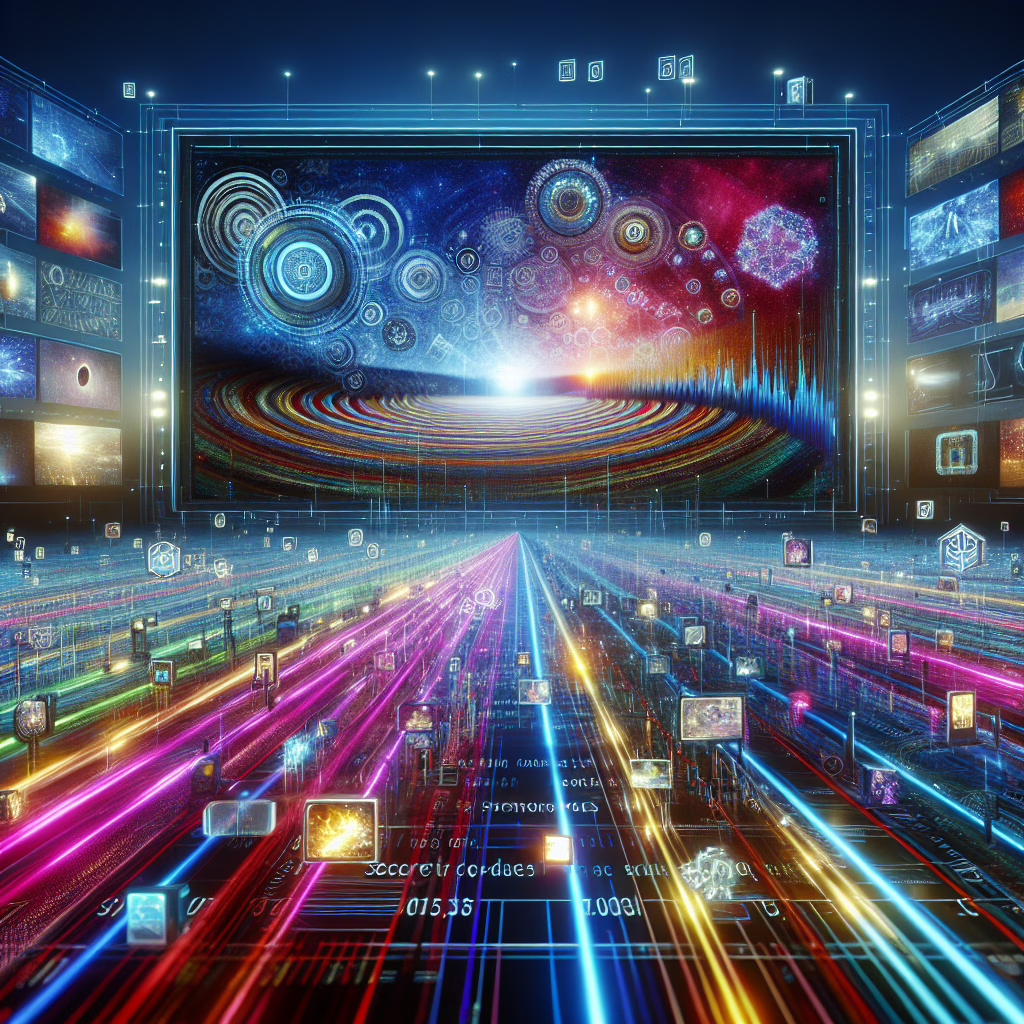In the digital age, where video fakes can turn even the most mundane moments into viral sensations, scientists have decided to shine a light on the problem—quite literally! With the rise of deepfakes and other deceptive technologies, researchers are cleverly embedding secret codes in light to help us identify what’s real and what’s just a clever illusion. Welcome to the bright side of combating video fakes!
The Lightbulb Moment
Imagine a world where every video you watch has a hidden message that screams, “I’m real!” Scientists have been working hard to create ways to embed information directly into light waves. This technique involves using sophisticated coding methods that can be detected by special cameras and devices. Think of it as putting a tiny, invisible watermark on everything from your cat videos to critical news reports.
The magic happens when researchers manipulate the properties of light itself. Instead of relying solely on traditional methods like digital watermarks, they’ve turned to the electromagnetic spectrum—yes, that’s the fancy term for all types of light waves. By encoding data into these waves, they can ensure that only those with the right technology can decode it, much like having a secret handshake with your favorite superhero.
How Does It Work?
So how does this all work? The science behind it is as dazzling as a disco ball at a dance party! Scientists use modulation techniques, which essentially means they change certain characteristics of the light waves. This could involve adjusting the frequency or amplitude of the waves to embed information. When captured by a camera that knows what to look for, these modifications reveal whether the content is genuine or has been tampered with.
It sounds complicated, but think of it this way: if light can carry information about your favorite pizza toppings (pepperoni or pineapple?), it can also carry information about whether that political speech was faked or not! The implications are enormous, especially as we dive deeper into an era where videos hold more power than ever before.
Video Fakes: The Growing Concern
The concern over video fakes is not just about cat memes gone rogue. Misinformation can have serious consequences, especially when it comes to news and politics. A well-timed deepfake could mislead thousands or even millions of viewers, influencing public opinion and possibly swaying elections. Talk about a scary thought!
This is why embedding secret codes in light is such an exciting development. It’s not just about creating an entertaining gadget; it’s about ensuring trust in what we see online. As technology progresses, so too must our defenses against its misuse. Here’s a closer look at the benefits of this technology:
- Enhanced authenticity in news coverage.
- Protecting personal and political reputations.
- Building public trust in digital media.
A Bright Future Ahead
The future looks promising with this innovation on the horizon. Researchers envision a world where verification becomes second nature—like checking your reflection in a mirror before leaving the house. With these secret codes embedded in light, detecting video fakes will become easier than distinguishing between your coffee cup and your cat’s litter box (we’ve all been there).
This technology might even evolve further! Imagine walking down the street and seeing floating holograms with real-time verification messages for each video you encounter. Now that would be a sight worth seeing! Such advancements could lead to:
- Real-time fact-checking on social media platforms.
- Innovative advertising that ensures authenticity.
- Greater accountability in political broadcasting.
Conclusion: Let There Be Light!
As we continue navigating this complex digital landscape, embracing innovations like secret codes in light offers hope for combating video fakes. While we might still be a few steps away from holographic reality checks, every step forward is one worth celebrating.
What do you think about this bright idea? Are you excited about the potential of using light as a safeguard against deception? Share your thoughts below!
A big thank you to Ars Technica for shedding light on this fascinating topic!
For more about the implications of video technology, check out our articles on ASUS RTX 5080, and the impact of AI in visual media.
Tags: secret codes, video fakes
Remember, staying informed is our best defense against misinformation!

